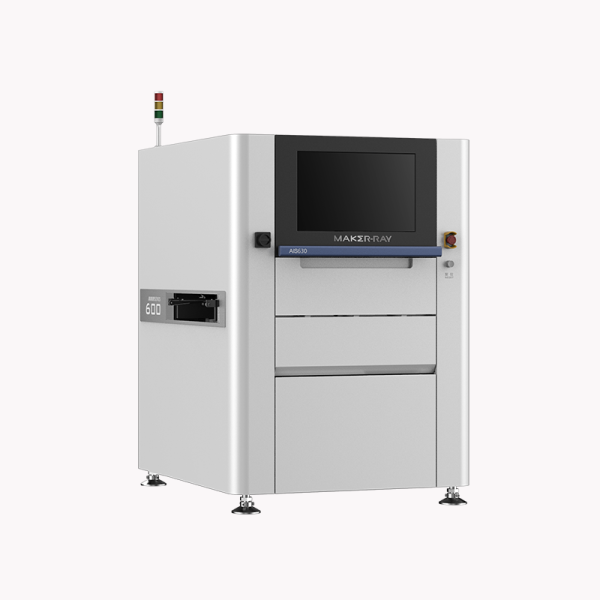Weld defects come in many forms, from blind spots to cracks and spatter. In this article, we will take a closer look at visual weld defects and how they can cause problems in our industries.
What are weld defects?
Weld defects are tiny cracks in the surface of a weld. They can appear as small dots, lines, or even complete breaks in the weld. Weld defects can occur when the welding process is improperly executed or when the metal being welded does not have the proper characteristics. The impact of weld defects on industries is significant.
How can weld defects influence our industries?
Weld defects can have a huge impact on industries all around the world. No matter what type of industry you’re in, weld defects can have a big impact on your business.
- Weld defects can lead to decreased production and increased waste. When weld defects are present, it’s hard for workers to see where they’re welding, which can lead to decreased production and increased waste.
- Weld defects can also lead to safety hazards. If weld defects are present, workers may not be able to see where they’re working safely, which could lead to injuries or even death.
- Weld defects can also cause problems with quality control. If weld defects are present, it’s more difficult for inspectors to detect mistakes made during manufacturing. This could lead to increased production costs and decreased quality of products.
What should we do to prevent weld defects?
Visual weld defects are a common occurrence in manufacturing and contribute to the failure of products. As a result, there is a need to identify and prevent these defects from happening.
Visual weld defects can cause products to fail prematurely due to assembly or component failures. They can also lead to decreased product quality and reduced efficiency. Consequently, there is a need to identify and prevent visual weld defects from occurring.
One way to prevent visual weld defects is to use inspection techniques that are specific to visual welds. For example, using optical profilers or scanning electron microscopes can help identify areas where the weld is not properly formed or where there are inconsistencies in the material. Additionally, using welding simulation software can help users ensure that their welds meet requirements for strength and durability. Another way to prevent visual weld defects is to use welding processes that are more efficient and less prone to failure.
Conclusion
Welds are one of the most important parts of an engineering project, and a defective weld can have catastrophic consequences. By understanding these flaws and how identifying them early in the design process, we can ensure our projects stay on track and don’t suffer any unforeseen delays. If you need it, contact MAKER-RAY as soon as possible!




